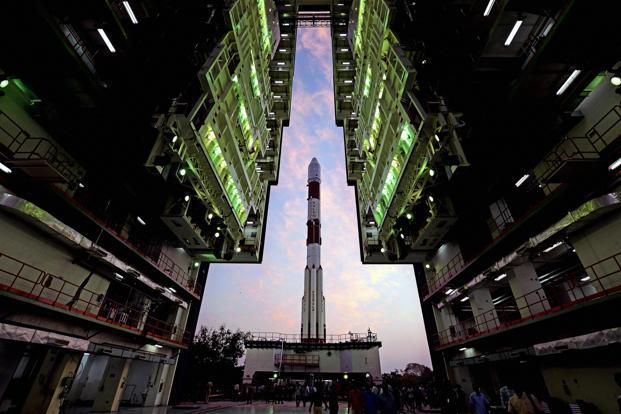The countdown begins for launch of India’s final navigation satellite
Navigation satellite: Because it’s rubidium clocks have neglected, this is going to be the IRNSS satellite and also is going to be a replacement for IRNSS-1A. The clocks are all important to offer the accurate data that is positional.
The Rs satellite system NavIC consists two as replacements and seven in orbit. Among the replacements is that the IRNSS-1H. Each satellite has three clocks along with a total of 27 clocks to its navigation satellite system (like the standby tanks) have been provided with precisely the exact same vendor. The clocks are all important to offer precise data.
Like its IRNSS predecessors carries two kinds of payloads – ranging payload and payload. Service signs will be transmitted by IRNSS-1H’s payload. This payload will be working in S-band and L5-band. IRNSS-1H’s payload is made up of C-band transponder, which facilitates determination of the satellite’s selection.
With an altitude of about 507 km, the rocket will probably sling IRNSS-1H approximately 19 minutes 25 minutes after the lift off. In accordance with ISRO, Navas is helpful for sailors to make it to the fishing area that is possible. The fishermen can get messages concerning poor weather, waves that are high or whenever they approach maritime boundary line.
These solutions are provided through a program on a phone that was intelligent. The space agency stated NavIC is helpful for merchant ships in their own navigation and during rescue and search operations.
From the road transport industry, NavIC assists computers enable transport operators to monitor their vehicles and also to traverse distances. In accordance with ISRO, the navigation process is valuable for railways in giving an alert in the event of the level crossing and also monitoring trains.
The space agency stated NavIC can also be used for programs like location-based survey providers and orientation, time synchronized services. NavIC supplies two kinds of services — regular placement service and support that is limited. Whereas the latter will be a support for only users the former is for all users.
Beginning in July 2013, seven navigation tanks have been established by the space agency, together with the one. Each satellite has a lifetime of a decade.









